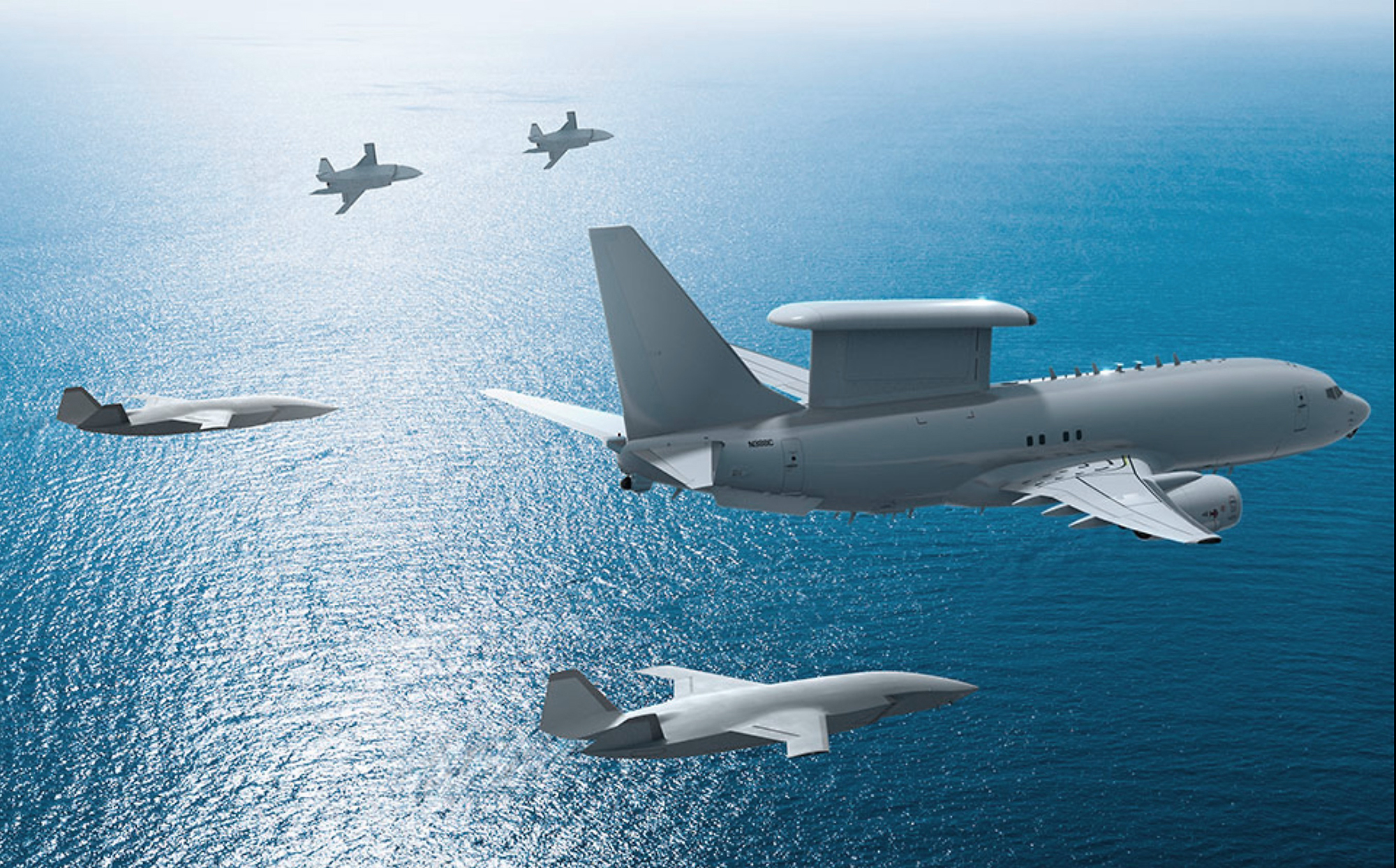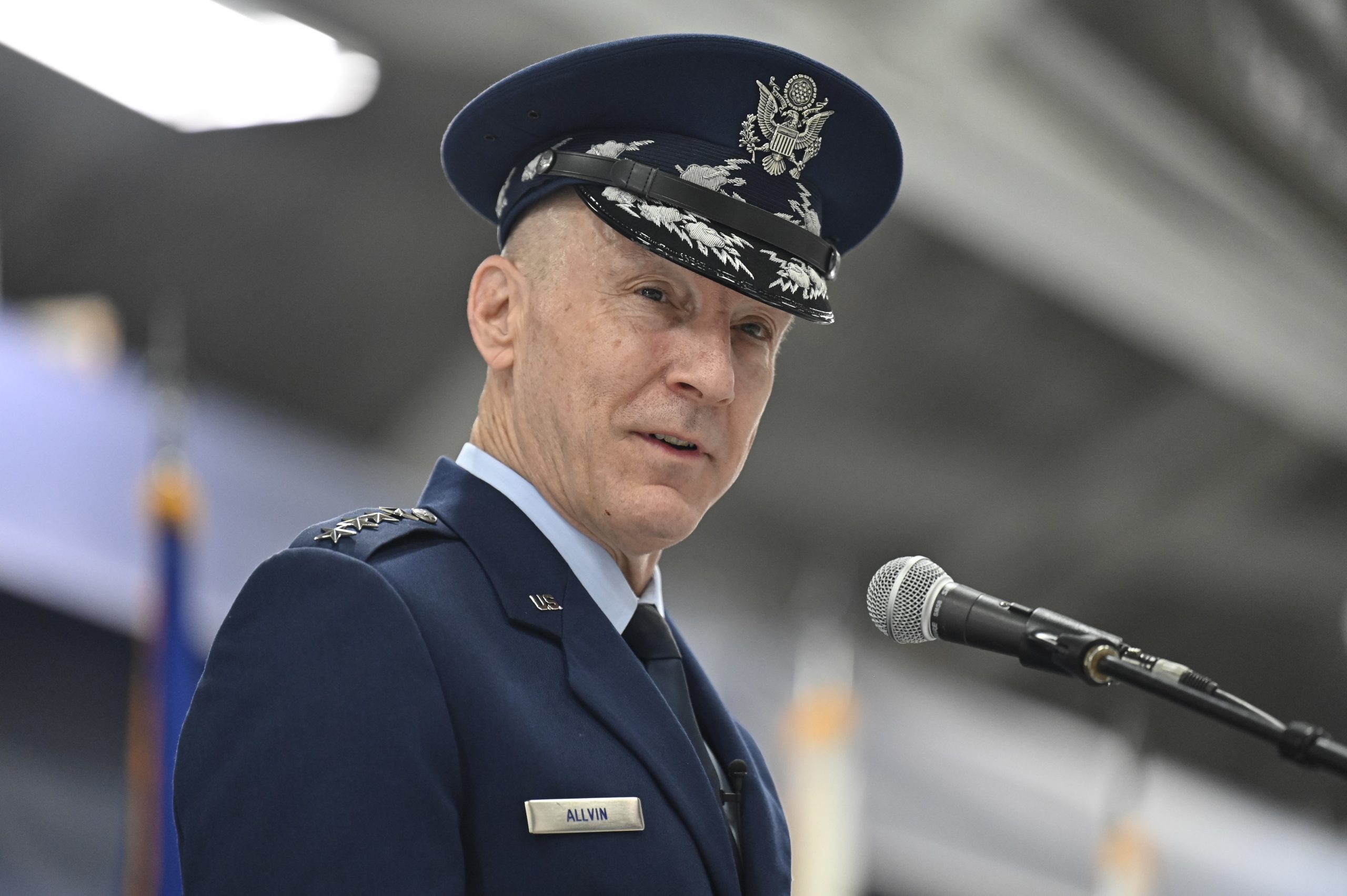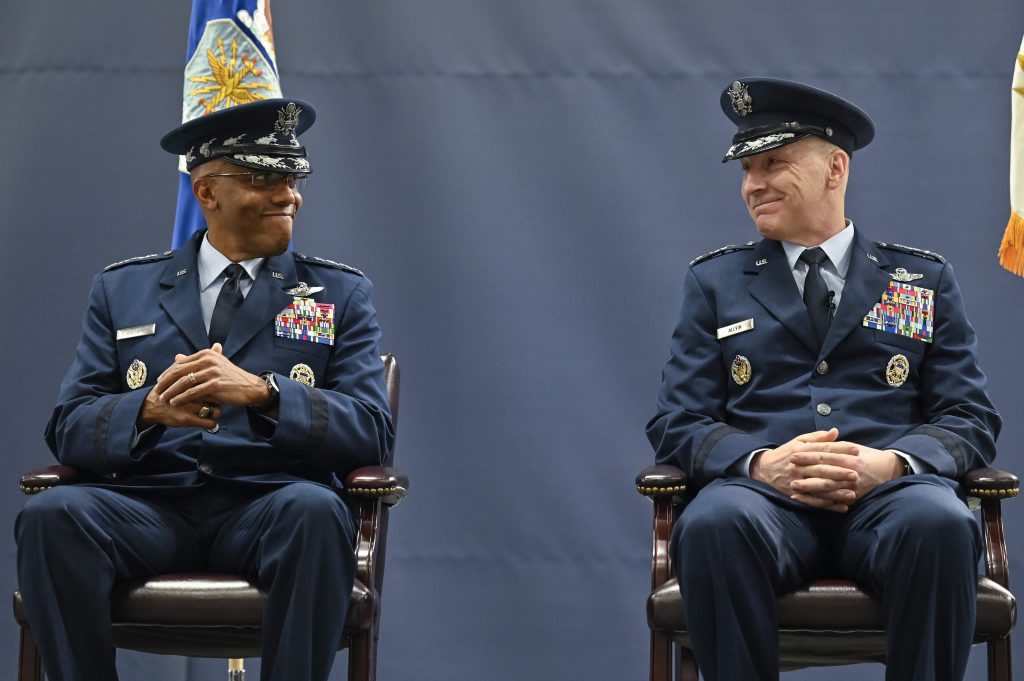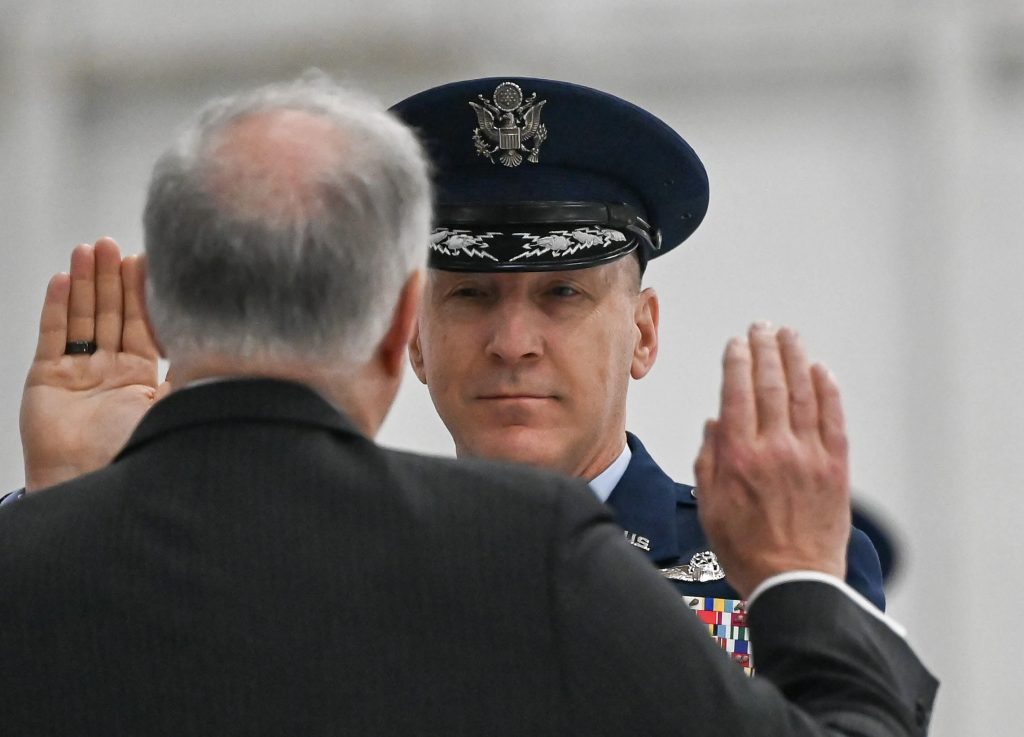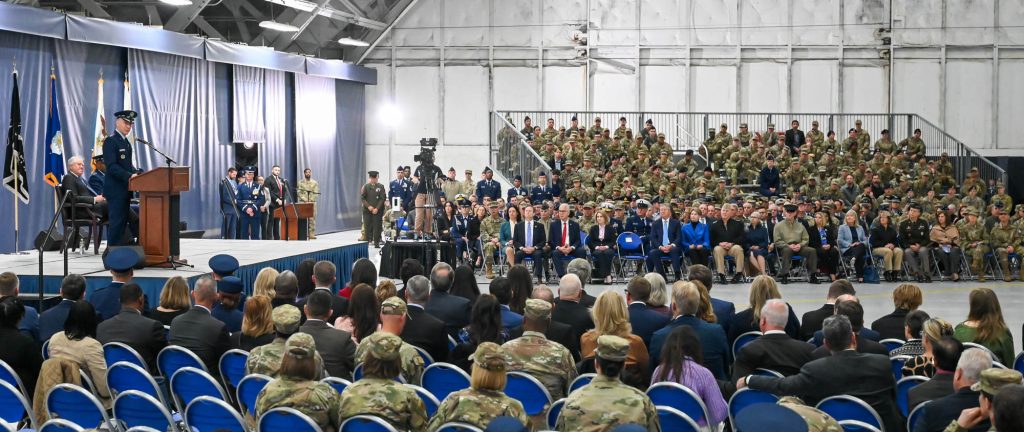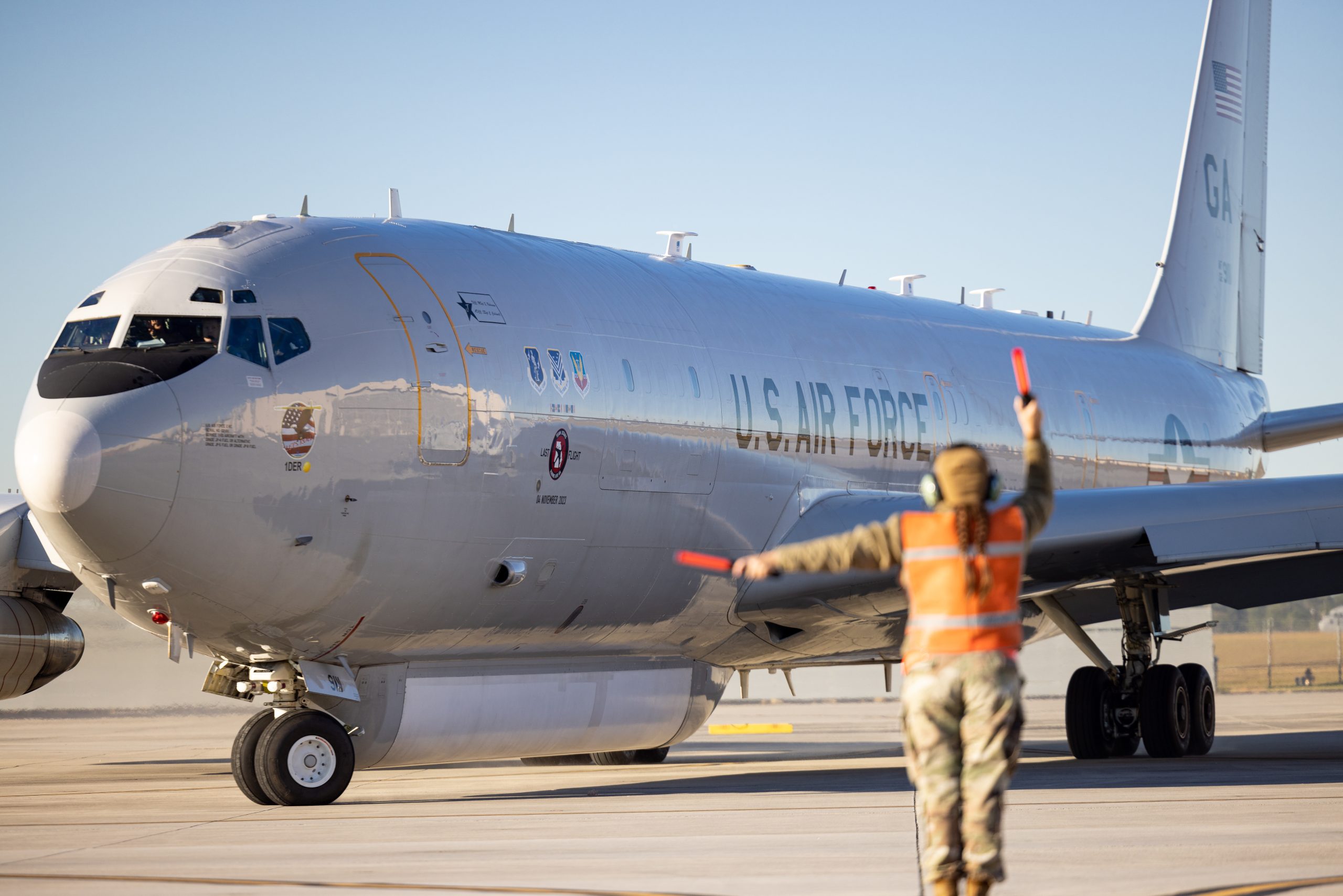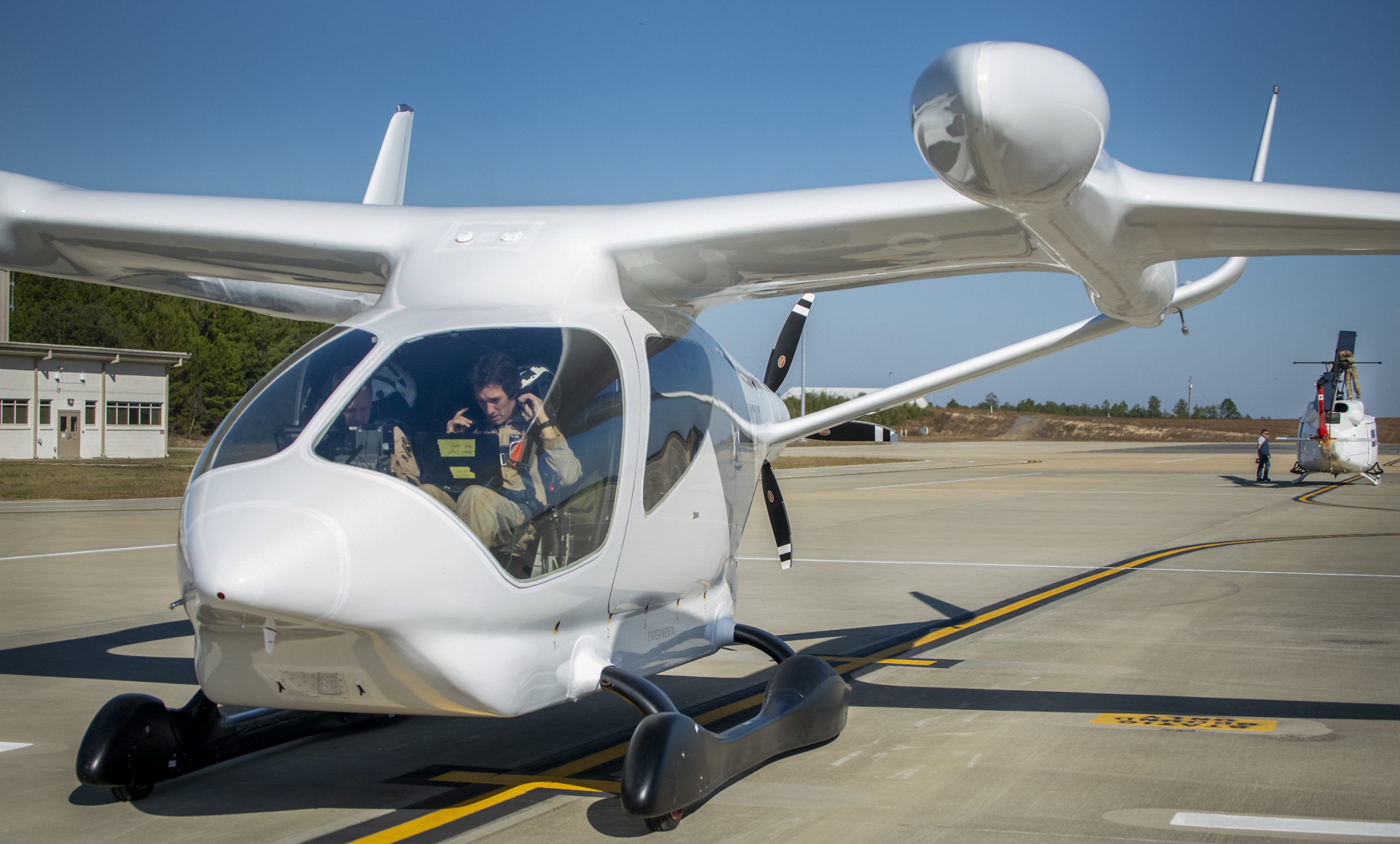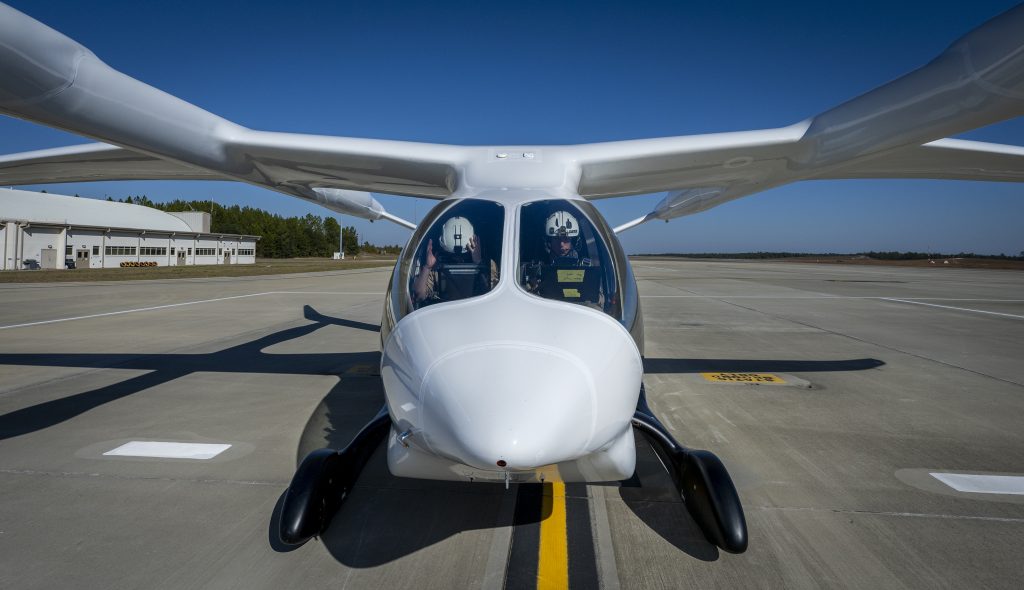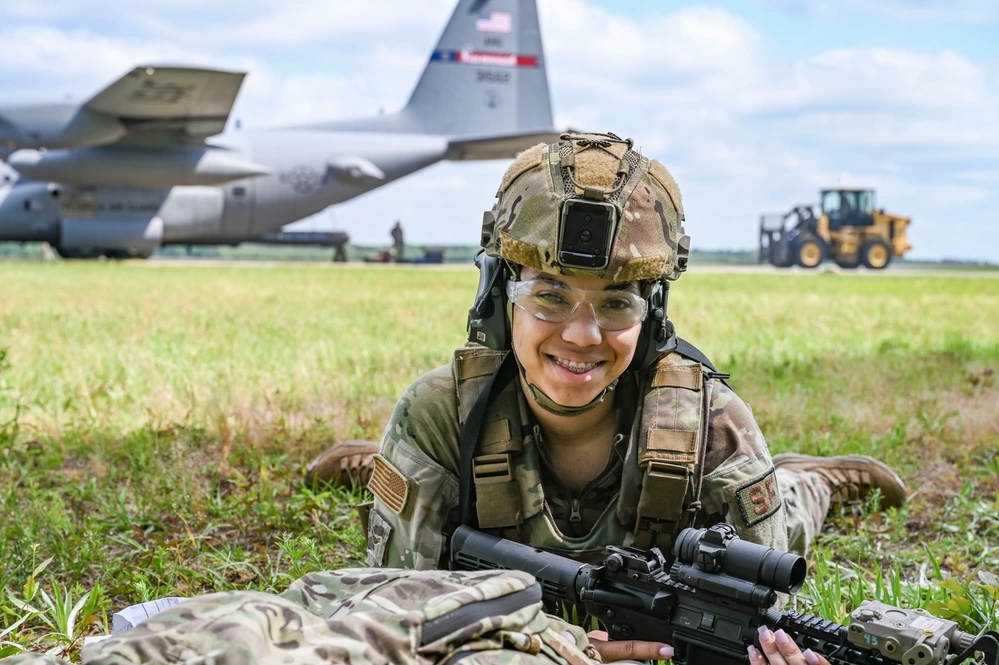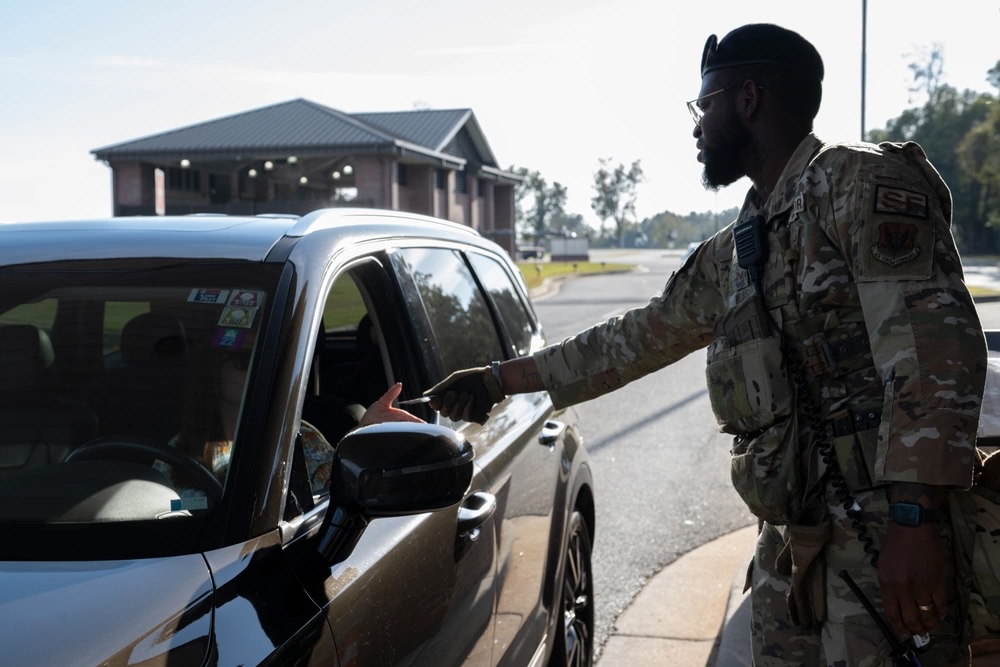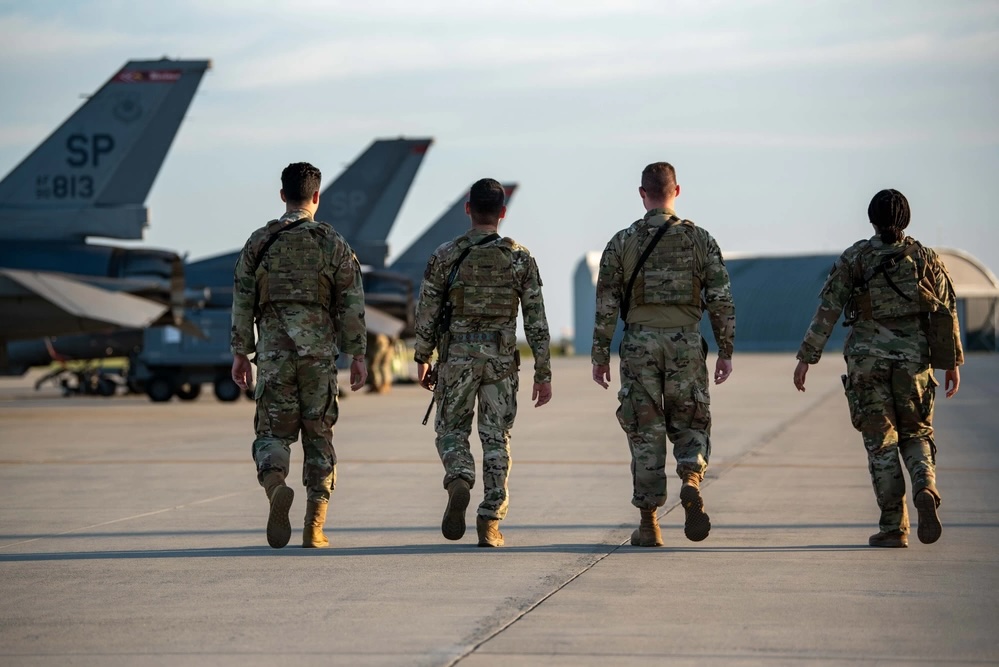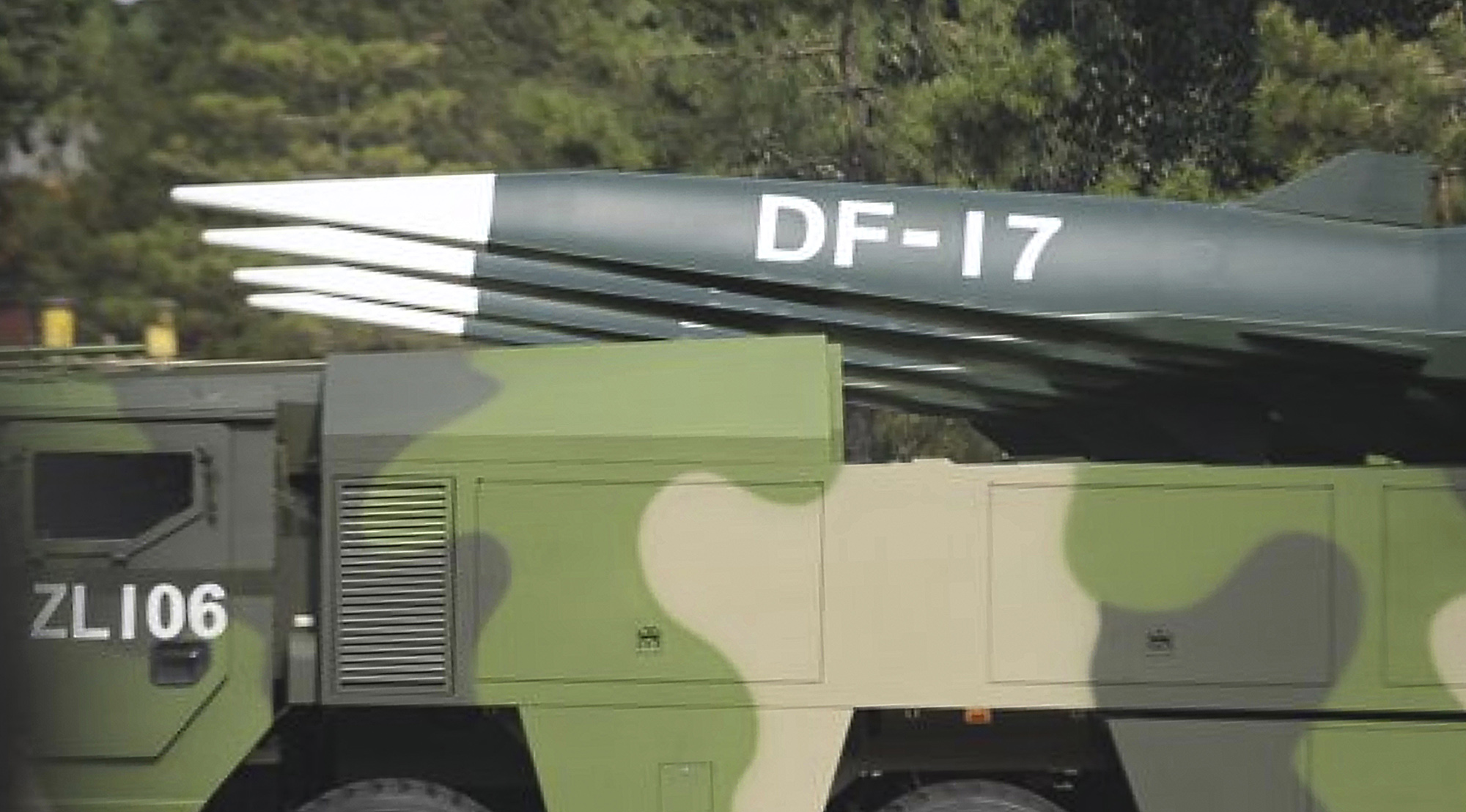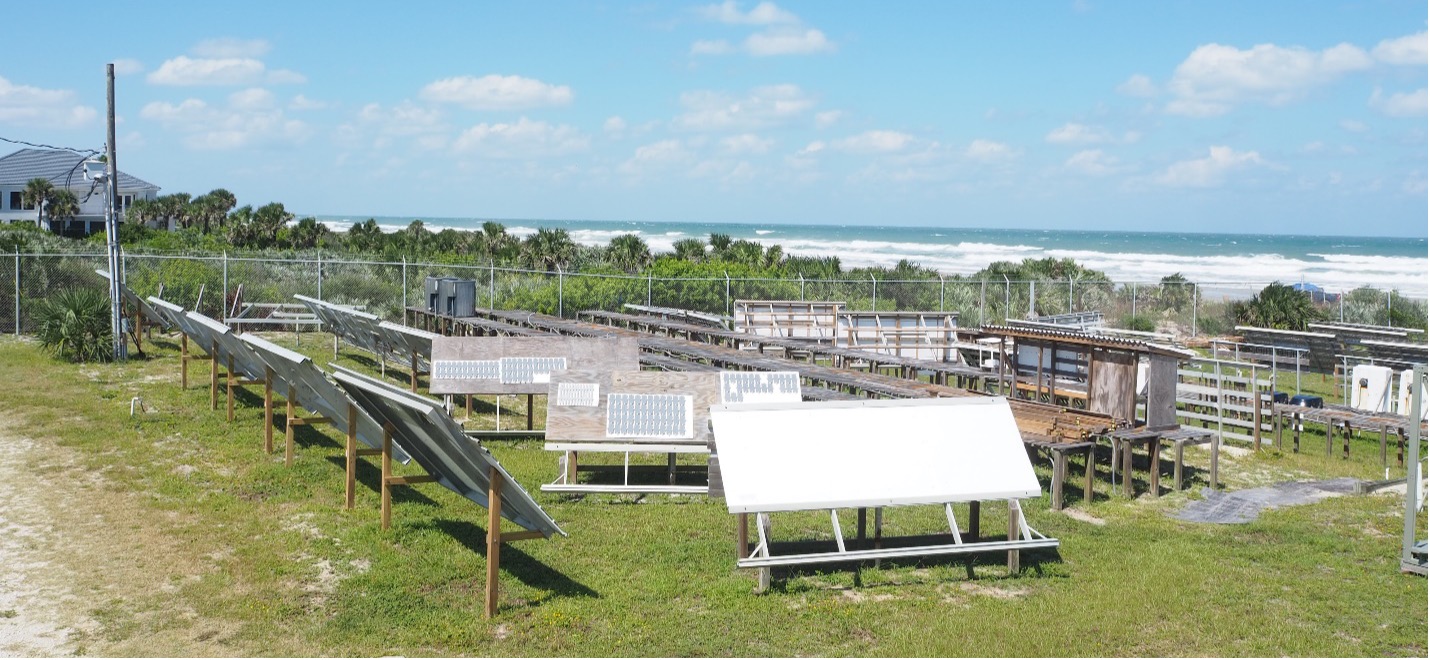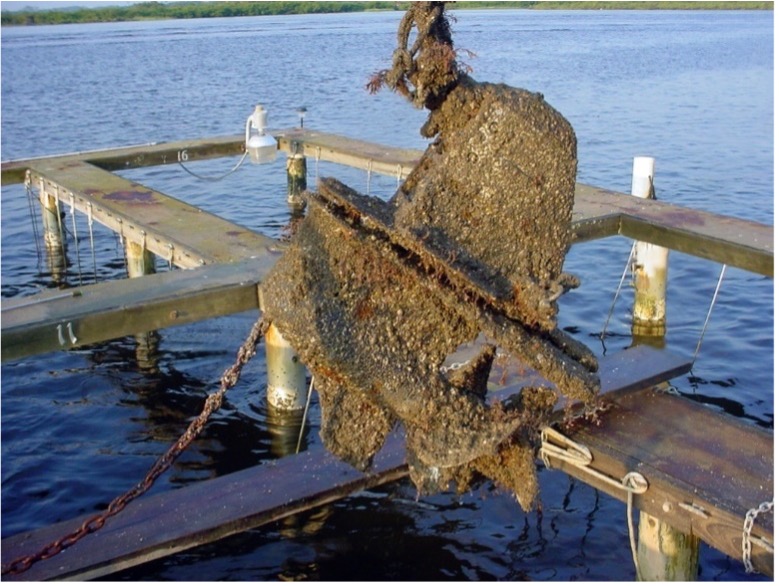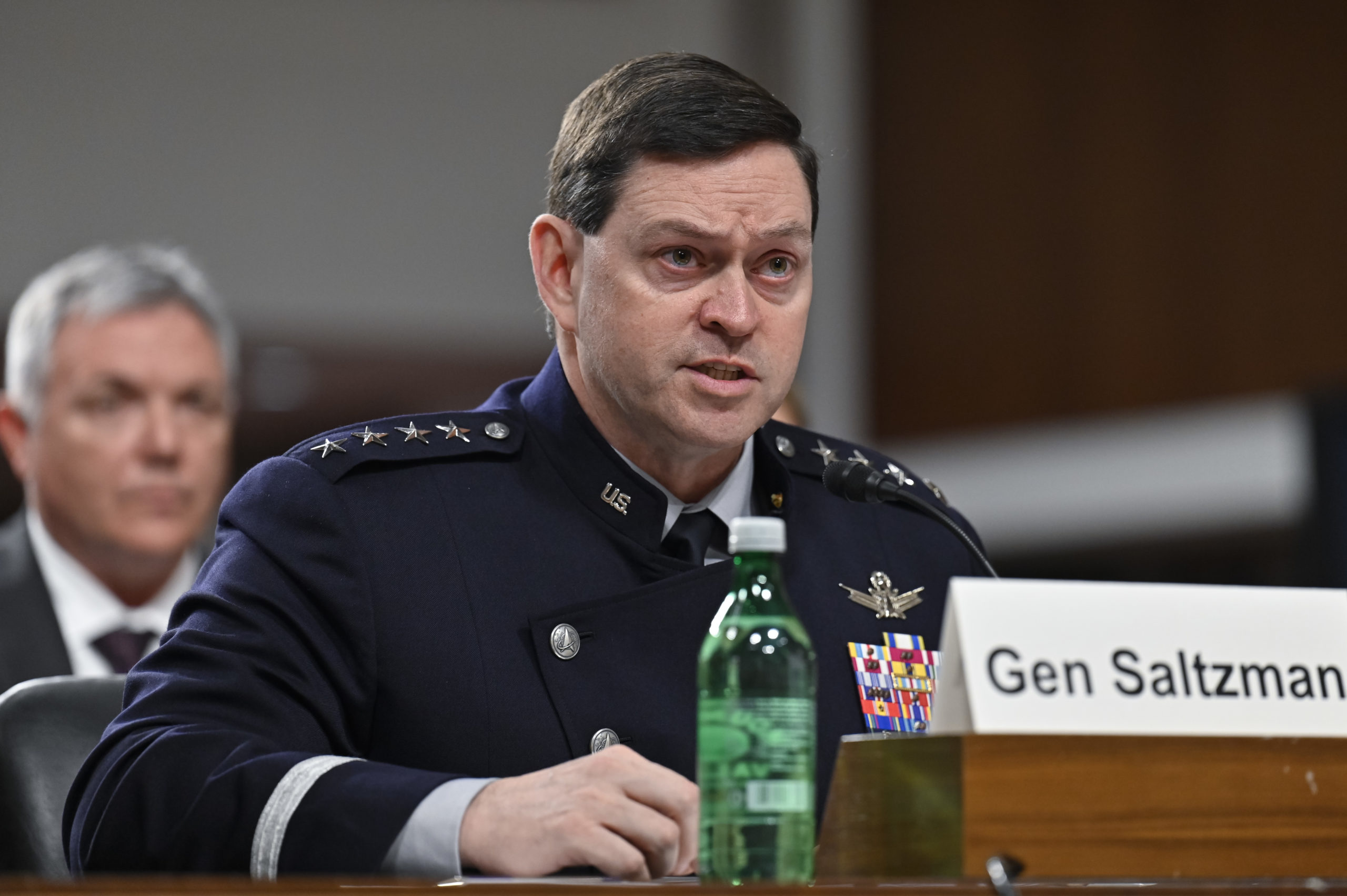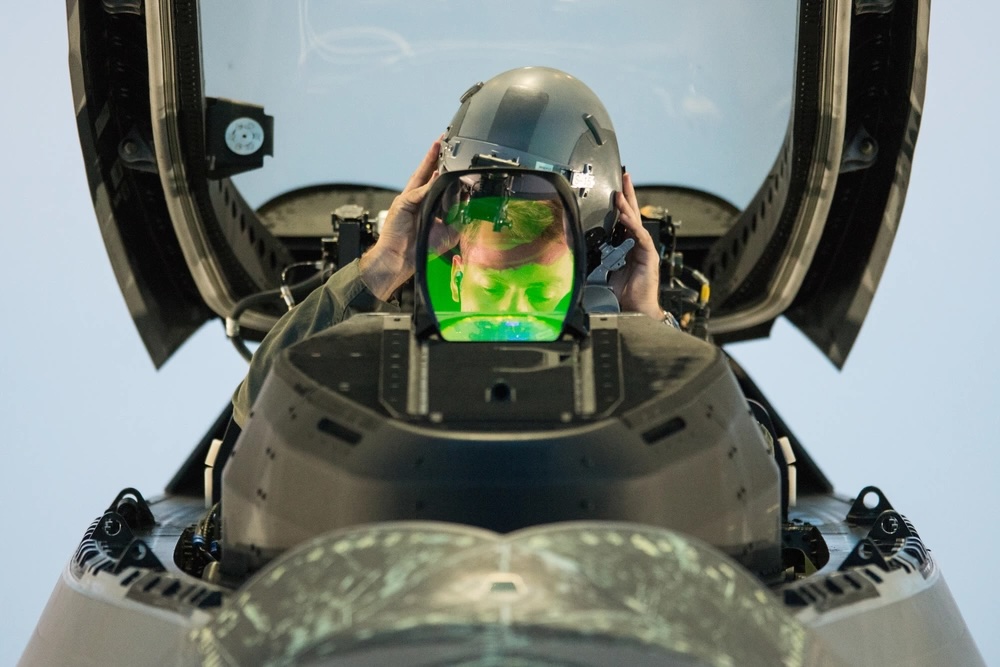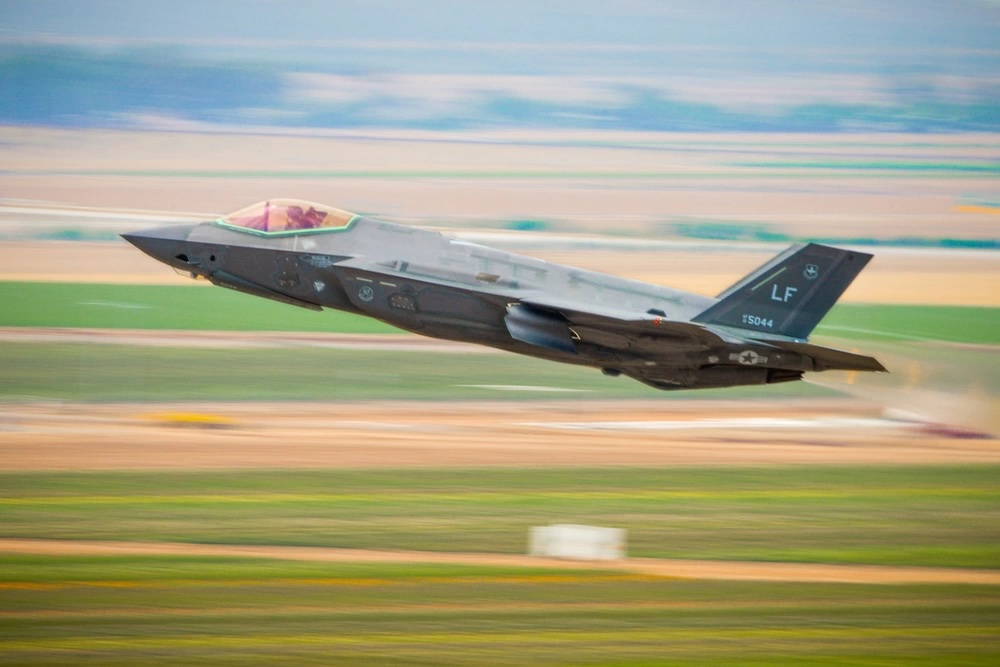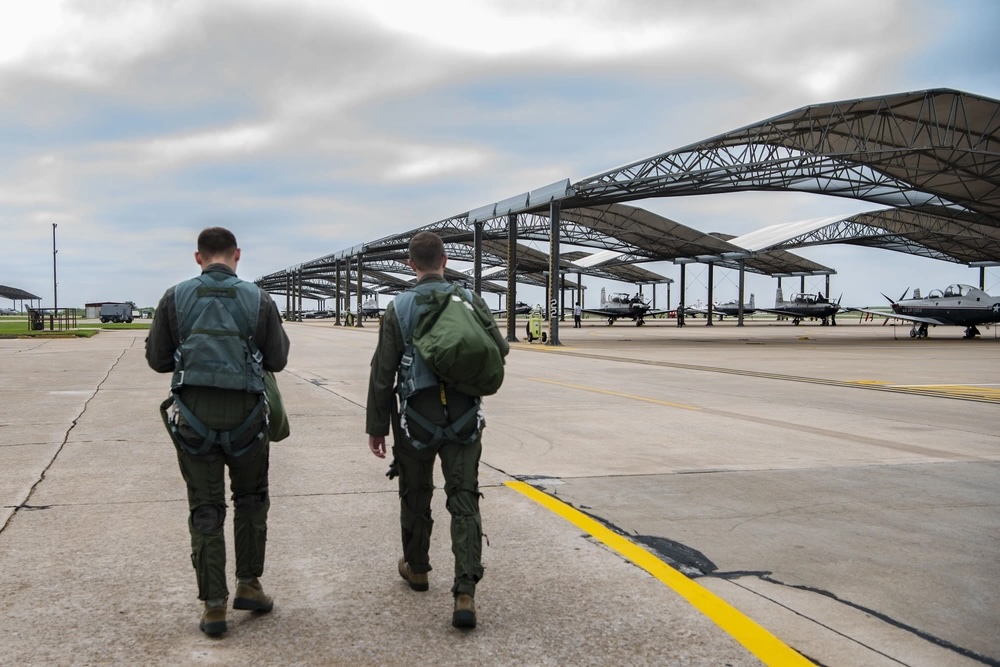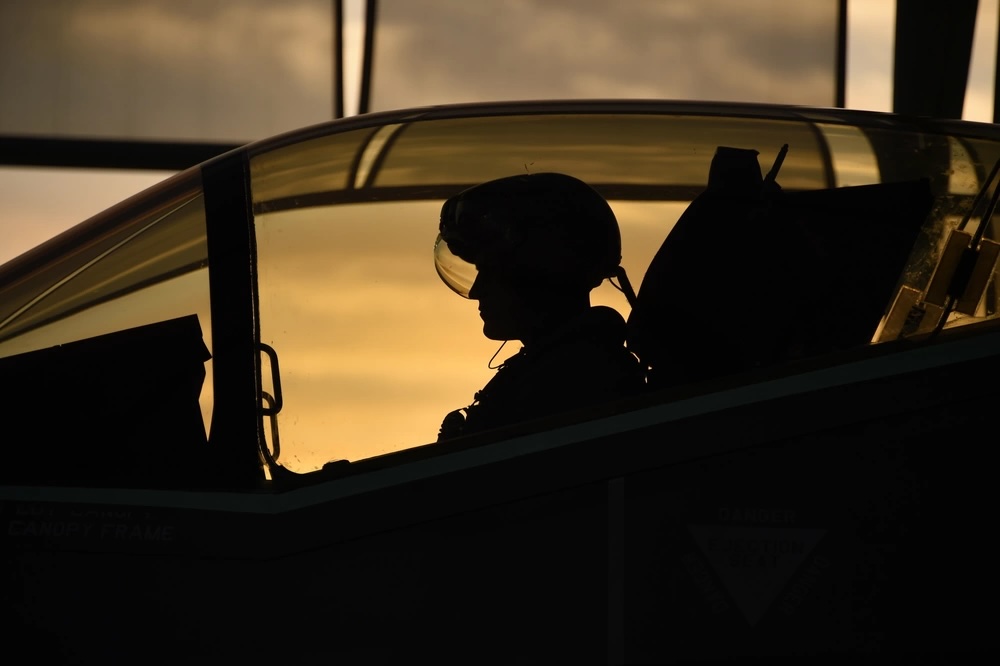NATO has selected Boeing’s E-7 Wedgetail as its next airborne moving target indicator and air battle management aircraft, succeeding the aging Boeing E-3 Sentry AWACS, the alliance announced this week. The first of six aircraft will be operational by 2031, but the fleet may grow beyond that number.
The alliance joins Australia, South Korea, Turkey, the U.K., and the U.S. as having selected the Wedgetail; the U.S. Air Force plans to acquire 26 of the aircraft.
The Wedgetail beat out several other offerings for NATO, including the Saab Global Eye; a Bombardier Global 6500 equipped with mission equipment provided by L3Harris; and Northrop Grumman’s E-2D. Northrop is also a major supplier to Boeing on the E-7, as the builder of the Wedgetail’s main, dorsally-mounted Multi-role Electronically-Scanned Array (MESA) radar.
The value of the planned acquisition was not stated.
The Air Force announced its selection of the E-7 in February, capping the undefinitized development contract at $1.2 billion. An Air Force-specific prototype will enter production by 2025, and the first E-7 is to be in service by 2027, with the last delivered by 2032.
The Air Force’s acquisition of the E-7 is characterized by the service as “urgent,” as mission availability rates for its aging E-3s have fallen below 60 percent in recent years. That urgency required going with a non-developmental, off-the-shelf solution, officials said. However, USAF E-7s will be equipped with a unique mission gear suite, including more extensive communications functions and possible application as a controller of autonomous aircraft.
In a statement, NATO said the choice of the E-7 was made by “a consortium of Allies” who “gave their approval to the project, one of NATO’s biggest-ever capability purchases, this month.” Production is set to begin “in the coming years,” the release added.
“We appreciate the confidence from the [NATO Support and Procurement Agency, or NPSA] and participating NATO nations in the proven capabilities and interoperability benefits of the E-7 Airborne Early Warning & Control (AEW&C) aircraft,” Boeing said in a press statement.
The NSPA is comprised of Belgium, Germany, Luxembourg, the Netherlands, Norway, Romania, and the U.S.
The aircraft will be transferred under a Foreign Military Sales agreement with the U.S. rather than a commercial purchase. Factors weighing in the Wedgetail’s favor, according to NSPA officials, were its commonality with aircraft operated by NATO members and partners; the reach of its sensors; an active production line; its range and persistence; accommodations for crew size and crew rest; its proven design; and capability for growth.
NATO Secretary General Jens Stoltenberg said that by pooling their resources, the NATO allies “can buy and operate major assets collectively that would be too expensive for individual countries to purchase.”
The alliance started flying the E-3 in the 1980s and has updated its Sentry fleet several times since. However, like those in the U.S. and Britain, the NATO E-3 airframes are becoming increasingly difficult to support due to vanishing vendors and obsolescent technology; the NATO AWACS fleet is set to retire by 2035. The Wedgetail, based on a modernized 737 airframe, offers increased range, greater reliability and sharply reduced maintenance versus the E-3.
“This investment in state-of-the-art technology shows the strength of transatlantic defense cooperation as we continue to adapt to a more unstable world,” Stoltenberg said.
The E-7s will be headquartered at Geilenkirchen Air Base, Germany, where NATO’s 14-strong E-3 fleet has had its main operating location, but the aircraft are likely to deploy across the European theater. The NATO E-3 fleet has operated with mixed-nationality crews.
“The AWACS have flown in every major NATO operation, including the fight against ISIS, as well as on NATO’s eastern flank following Russia’s invasion of Ukraine,” the alliance said. In the immediate aftermath of the 9/11 attacks in 2001, seven NATO AWACS were dispatched to the U.S. to help monitor U.S. airspace, a mission they conducted for seven months.
“The Wedgetail will be part of the Alliance’s future surveillance and control project which will field NATO’s next generation of surveillance systems from the mid-2030s,” NATO said.
NATO has signaled that, like the U.S., its ultimate solution to air- and ground-moving target indication will include space-based systems. Its Alliance Future Surveillance and Control construct also includes unmanned aerial surveillance (now performed by Global Hawk aircraft); land- and sea-based radars; a “Combat Cloud;” Multi-Domain Tactical Control; and a “digital backbone.”
While the initial purchase of six aircraft seems to indicate a greater reliance on those other elements, any delay in their development could mean more E-7s will be acquired. The six E-7s represent NATO’s minimum requirement for air battle management/air surveillance.
A Request for Information was issued by the NATO Support and Procurement Agency (NSPA) for an AWACS successor in late 2022. After reviewing industry responses, the NSPA—in language very like that used by the U.S. Air Force—said the E-7 is the “only known military off-the-shelf/non-developmental system” capable of meeting NATO’s requirements that could be delivered on the needed timeline.
Australia has been operating the E-7 since 2010, and former Air Force Chief of Staff—now Chairman of the Joint Chiefs—Gen. Charles Q. Brown Jr. said he has flown on the aircraft multiple times when he was commander of Pacific Air Forces and was favorably impressed with its capabilities.
